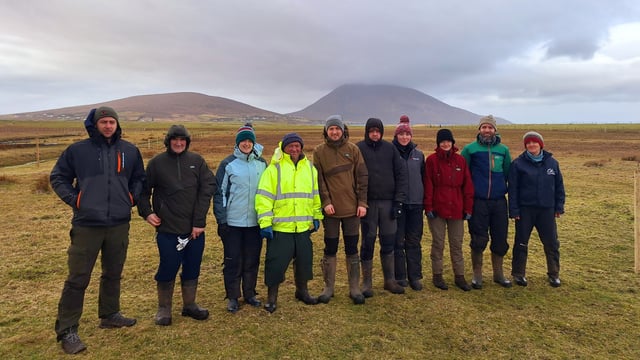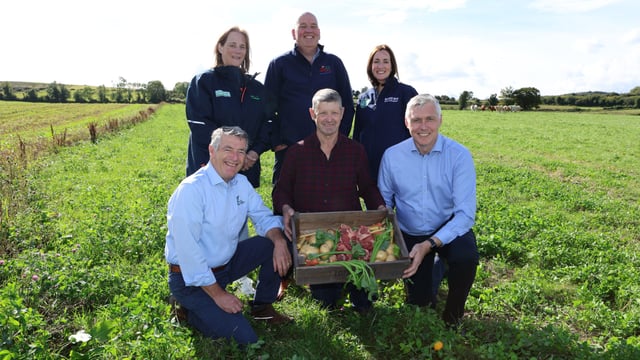EU Commission: 2030 climate targets within reach
The European Commission's eighth Environment Action Programme's (EAP) mid-term review has underlined the importance of achieving climate and environmental objectives for their positive economic and social impacts.
The report released on Wednesday, March 12 shows that the EU’s objectives under the European Green Deal are attainable if the actions planned are fully implemented.
According to the European Commission, many planned actions, such as legislative changes have been delivered, but it is too early to assess their impact on the environment as they are yet to be implemented on the ground.
The eighth EAP is a decision by the European Parliament and the European Council which sets a framework for action on environment and climate policy.
Until 2030, it is structured through six thematic priority objectives for 2030 and it has a long-term 2050 priority objective of ‘living well, within planetary boundaries’.
It also identifies the enabling conditions to achieve, in a coherent and coordinated way, these objectives for all actors involved.
According to the midterm review, the European Union's domestic net greenhouse gas (GHG) emissions are falling steadily, down by 32.5% in 2022, compared to 1990 levels.
However, faster progress is needed to meet the EU’s 2030 target of cutting GHG emissions by at least 55% and to achieve climate neutrality by 2050.
The effects of climate change on natural ecosystems, socio-economic sectors and people’s health and wellbeing are increasingly being felt, in particular due to more frequent and intensive climate-related extreme events.
The commission said that, despite some progress, the EU still has significant potential to shift from a linear to a more circular economy, as secondary materials account for only 11.5% of all materials used.
The EU’s material footprint reached 14.8t per capita in 2022, an increase of 6% in the last decade. Keeping up the efforts at all levels would be key to reverse such unsustainable trends, the commission believes.
Most of the European Commission's initiatives in the zero-pollution action plan have been delivered, in particular the revision of the EU legislation on air, water and industrial emissions and the new proposal for a soil monitoring law.
Some EU groundwaters remain polluted, with 14.1% of groundwater stations in the EU polluted by nitrates over the period 2016-2019. Around two-thirds of agricultural soils in the EU are not in good health.
The EU is on track to reach its 2030 target to reduce premature deaths due to fine particulate matters by 55%, but not the 2030 target to reduce transport noise exposure by 30%. It said it will be very challenging to meet the target to reduce nutrient losses into groundwater by at least 50%.
Most of the actions set out in the biodiversity strategy are completed, and there has been an increase in designated protected land and marine areas.
Populations of common birds declined by 12% between 1990 and 2021 in the EU, and farmland bird populations declined by 36%. Pollinators, which provide essential ecosystem services for the EU food system, are in sharp decline.
Water scarcity affects almost one-third of the EU population every year. This has a direct impact on the well-being of current and future generations, and it is likely to further increase due to climate change and the increase in frequency and intensity of extreme weather events.
Finally, land take continues to be a major pressure on biodiversity and ecosystems and threatens the EU’s capacity for climate mitigation.





